Tin: Element Properties And Uses
Description
Tin is a versatile metal with a long history; its specific chemical properties, defined physical data, general applications and industrial uses are examined.
Introduction to the Element
Tin, represented by the chemical symbol Sn and possessing an atomic number of 50, has played an important role in human civilisation for thousands of years. Tin is known for its softness, malleability and corrosion resistance, and it has been used since ancient times in the production of alloys and coatings for the protection of other metals.
Chemical Properties Description
Tin exhibits chemical properties that render it suitable for multiple industrial applications. Its most common oxidation states are +2 and +4, and it can form a variety of compounds, each with distinct reactivity. In its metallic state, tin shows resistance to corrosion in damp environments; consequently, it is used as a protective layer. A thin oxide film forms on its surface, thereby preventing further degradation and making tin appropriate for applications requiring durability and wear resistance.
Chemically, tin reacts with acids to form tin salts and with alkalis under specific conditions. Its capacity to combine with other elements has led to the formation of several alloys that benefit from the attributes of tin. For example, the addition of tin to lead improves the strength and corrosion resistance of the alloy, which is particularly advantageous in soldering.
Table of Physical Properties
|
Property |
Value |
Unit |
|
Atomic Number |
50 |
- |
|
Atomic Mass |
118.71 |
g/mol |
|
Melting Point |
231.93 |
°C |
|
Boiling Point |
2 602 |
°C |
|
Density |
7.31 |
g/cm³ |
|
Electrical Resistivity |
1.09×10⁻⁷ |
Ω-m |
Further information can be found at Stanford Advanced Materials (SAM).
Common Uses
Tin is employed in various sectors owing to its physical and chemical versatility. One frequent application is the coating of other metals. Tin coatings constitute a standard procedure that protects steel or iron from corrosion, thereby extending the lifespan of containers and packaging materials.
This protective function is particularly significant in the food industry, where tin-coated containers maintain the freshness and safety of products.
Another notable use of tin is in soldering. Tin-containing solders are essential in the electronics industry as they are used to join components on printed circuit boards. The low melting point and good electrical conductivity of tin render it appropriate for producing reliable electrical connections.
In addition to soldering, tin is utilised in the manufacture of alloys such as bronze and pewter. Bronze has historically been used for sculptures, coins and architectural elements, while tin is incorporated in decorative objects and everyday items.
Tin is also applied in the chemical industry. Its compounds function as catalysts in various reactions and are used to stabilise plastics and as components in ceramics.
Processing Methods
Tin is primarily processed by extracting the metal from its ore, cassiterite, which naturally occurs as tin oxide. The extraction process begins with concentrating the cassiterite by means of gravity separation or flotation methods. Once concentrated, the ore is subjected to a smelting process in a furnace in the presence of carbon. Consequently, tin oxide is reduced to metallic tin, which is then further purified by methods such as electrolysis or zone refining.
Frequently Asked Questions
What is the atomic number of tin?
Tin has an atomic number of 50.
How is tin corrosion resistant?
A thin oxide layer forms on the surface of tin, which protects it from further corrosion.
Which is the primary ore used for tin extraction?
Cassiterite, a tin oxide mineral, is the principal ore from which tin is extracted.
Why is tin frequently used for soldering?
Tin’s low melting point and good electrical conductivity render it suitable for soldering electronic components.
For which industrial products are tin alloys used?
Products such as bronze, lead-free solders and various glass and ceramic coatings rely on tin-based alloys.

 Bars
Bars
 Beads & Spheres
Beads & Spheres
 Bolts & Nuts
Bolts & Nuts
 Crucibles
Crucibles
 Discs
Discs
 Fibers & Fabrics
Fibers & Fabrics
 Films
Films
 Flake
Flake
 Foams
Foams
 Foil
Foil
 Granules
Granules
 Honeycombs
Honeycombs
 Ink
Ink
 Laminate
Laminate
 Lumps
Lumps
 Meshes
Meshes
 Metallised Film
Metallised Film
 Plate
Plate
 Powders
Powders
 Rod
Rod
 Sheets
Sheets
 Single Crystals
Single Crystals
 Sputtering Target
Sputtering Target
 Tubes
Tubes
 Washer
Washer
 Wires
Wires
 Converters & Calculators
Converters & Calculators
 Write for Us
Write for Us
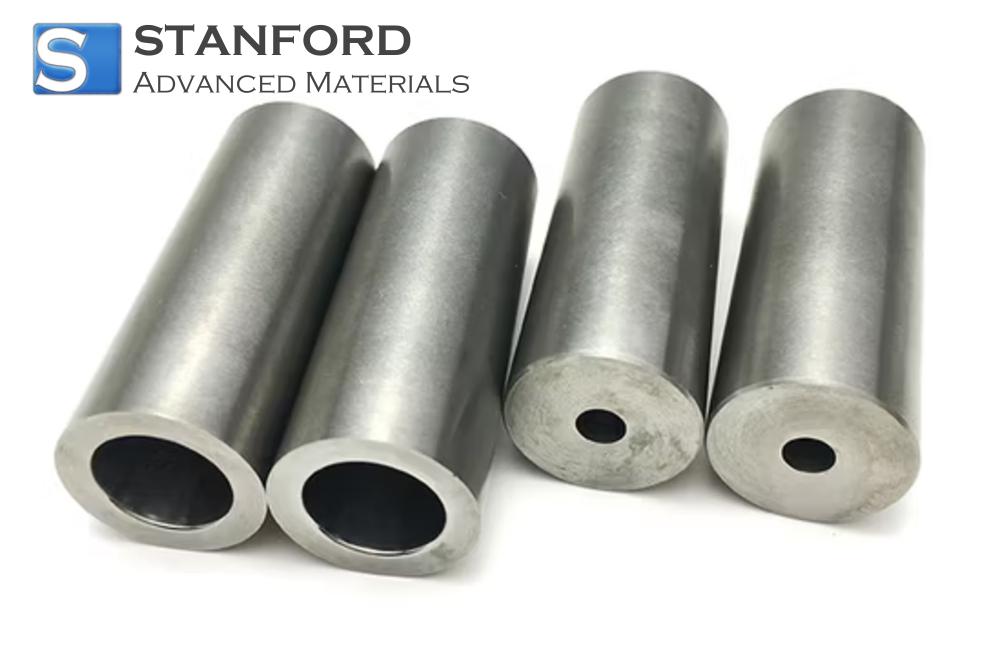
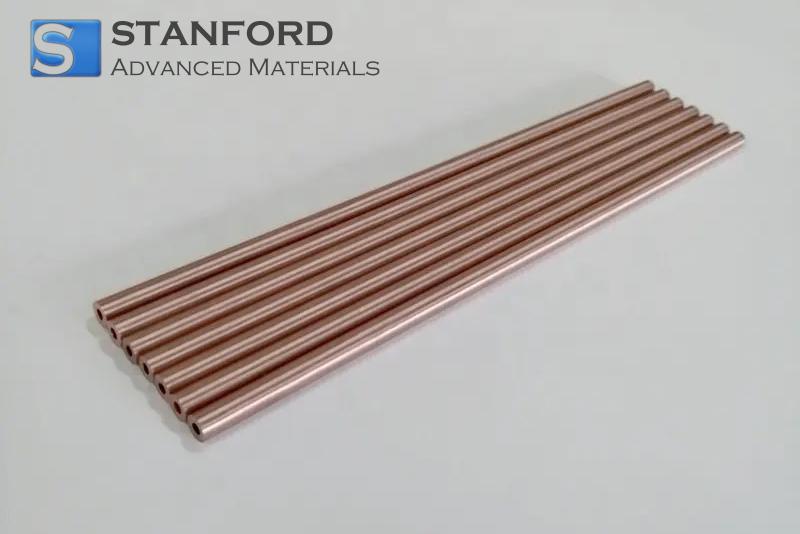
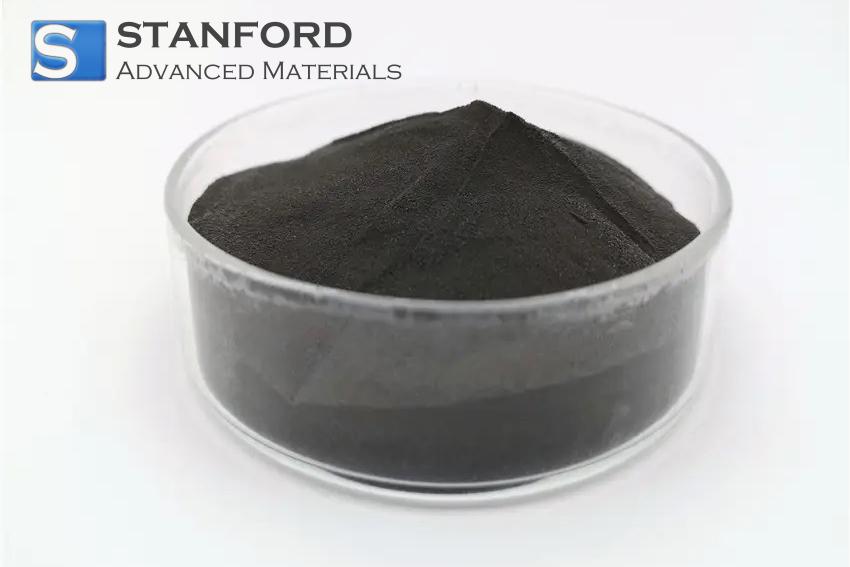
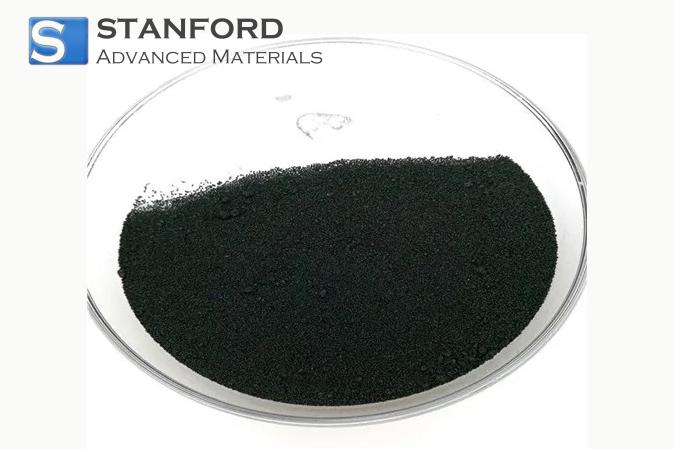
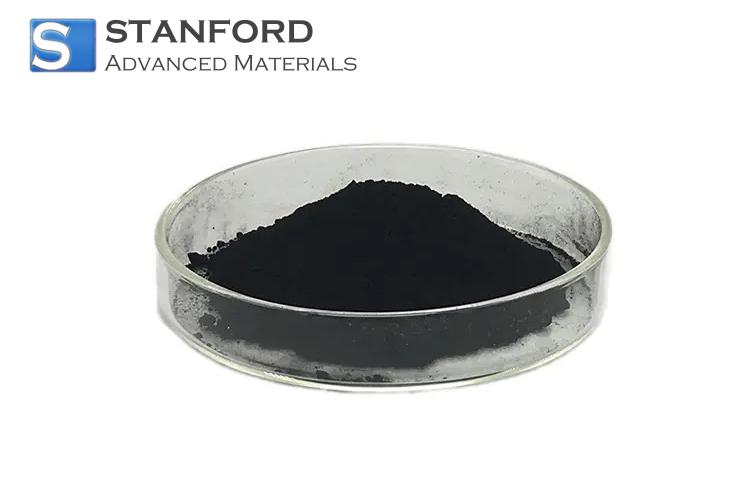
 Chin Trento
Chin Trento



